Nutritional Status, Heart Failure and Minimum Basic Data Set
Anuncio
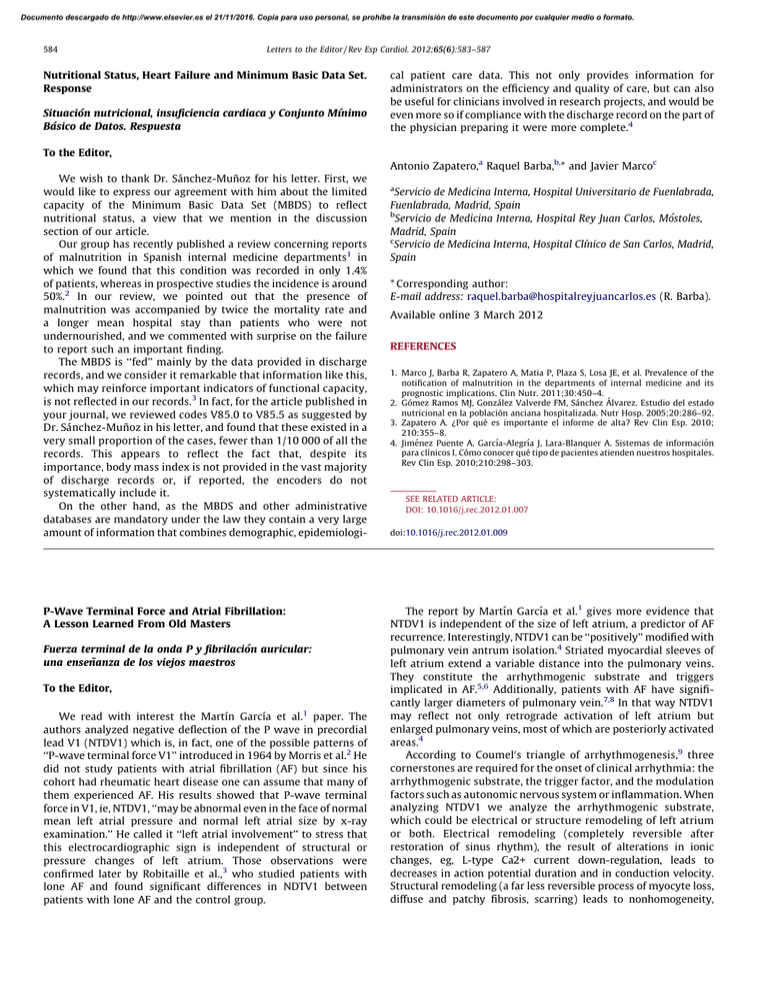
Documento descargado de http://www.elsevier.es el 21/11/2016. Copia para uso personal, se prohíbe la transmisión de este documento por cualquier medio o formato. 584 Letters to the Editor / Rev Esp Cardiol. 2012;65(6):583–587 Nutritional Status, Heart Failure and Minimum Basic Data Set. Response Situación nutricional, insuficiencia cardiaca y Conjunto Mı´nimo Básico de Datos. Respuesta cal patient care data. This not only provides information for administrators on the efficiency and quality of care, but can also be useful for clinicians involved in research projects, and would be even more so if compliance with the discharge record on the part of the physician preparing it were more complete.4 To the Editor, Antonio Zapatero,a Raquel Barba,b,* and Javier Marcoc P-Wave Terminal Force and Atrial Fibrillation: A Lesson Learned From Old Masters Fuerza terminal de la onda P y fibrilación auricular: una enseñanza de los viejos maestros To the Editor, We read with interest the Martı́n Garcı́a et al.1 paper. The authors analyzed negative deflection of the P wave in precordial lead V1 (NTDV1) which is, in fact, one of the possible patterns of ‘‘P-wave terminal force V1’’ introduced in 1964 by Morris et al.2 He did not study patients with atrial fibrillation (AF) but since his cohort had rheumatic heart disease one can assume that many of them experienced AF. His results showed that P-wave terminal force in V1, ie, NTDV1, ‘‘may be abnormal even in the face of normal mean left atrial pressure and normal left atrial size by x-ray examination.’’ He called it ‘‘left atrial involvement’’ to stress that this electrocardiographic sign is independent of structural or pressure changes of left atrium. Those observations were confirmed later by Robitaille et al.,3 who studied patients with lone AF and found significant differences in NDTV1 between patients with lone AF and the control group. a Servicio de Medicina Interna, Hospital Universitario de Fuenlabrada, Fuenlabrada, Madrid, Spain b Servicio de Medicina Interna, Hospital Rey Juan Carlos, Móstoles, Madrid, Spain c Servicio de Medicina Interna, Hospital Clı´nico de San Carlos, Madrid, Spain * Corresponding author: E-mail address: [email protected] (R. Barba). Available online 3 March 2012 REFERENCES 1. Marco J, Barba R, Zapatero A, Matia P, Plaza S, Losa JE, et al. Prevalence of the notification of malnutrition in the departments of internal medicine and its prognostic implications. Clin Nutr. 2011;30:450–4. 2. Gómez Ramos MJ, González Valverde FM, Sánchez Álvarez. Estudio del estado nutricional en la población anciana hospitalizada. Nutr Hosp. 2005;20:286–92. 3. Zapatero A. Por qué es importante el informe de alta? Rev Clin Esp. 2010; 210:355–8. 4. Jiménez Puente A, Garcı́a-Alegrı́a J, Lara-Blanquer A. Sistemas de información para clı́nicos I. Cómo conocer qué tipo de pacientes atienden nuestros hospitales. Rev Clin Esp. 2010;210:298–303. ? We wish to thank Dr. Sánchez-Muñoz for his letter. First, we would like to express our agreement with him about the limited capacity of the Minimum Basic Data Set (MBDS) to reflect nutritional status, a view that we mention in the discussion section of our article. Our group has recently published a review concerning reports of malnutrition in Spanish internal medicine departments1 in which we found that this condition was recorded in only 1.4% of patients, whereas in prospective studies the incidence is around 50%.2 In our review, we pointed out that the presence of malnutrition was accompanied by twice the mortality rate and a longer mean hospital stay than patients who were not undernourished, and we commented with surprise on the failure to report such an important finding. The MBDS is ‘‘fed’’ mainly by the data provided in discharge records, and we consider it remarkable that information like this, which may reinforce important indicators of functional capacity, is not reflected in our records.3 In fact, for the article published in your journal, we reviewed codes V85.0 to V85.5 as suggested by Dr. Sánchez-Muñoz in his letter, and found that these existed in a very small proportion of the cases, fewer than 1/10 000 of all the records. This appears to reflect the fact that, despite its importance, body mass index is not provided in the vast majority of discharge records or, if reported, the encoders do not systematically include it. On the other hand, as the MBDS and other administrative databases are mandatory under the law they contain a very large amount of information that combines demographic, epidemiologi- SEE RELATED ARTICLE: DOI: 10.1016/j.rec.2012.01.007 doi:10.1016/j.rec.2012.01.009 The report by Martı́n Garcı́a et al.1 gives more evidence that NTDV1 is independent of the size of left atrium, a predictor of AF recurrence. Interestingly, NTDV1 can be ‘‘positively’’ modified with pulmonary vein antrum isolation.4 Striated myocardial sleeves of left atrium extend a variable distance into the pulmonary veins. They constitute the arrhythmogenic substrate and triggers implicated in AF.5,6 Additionally, patients with AF have significantly larger diameters of pulmonary vein.7,8 In that way NTDV1 may reflect not only retrograde activation of left atrium but enlarged pulmonary veins, most of which are posteriorly activated areas.4 According to Coumel0 s triangle of arrhythmogenesis,9 three cornerstones are required for the onset of clinical arrhythmia: the arrhythmogenic substrate, the trigger factor, and the modulation factors such as autonomic nervous system or inflammation. When analyzing NTDV1 we analyze the arrhythmogenic substrate, which could be electrical or structure remodeling of left atrium or both. Electrical remodeling (completely reversible after restoration of sinus rhythm), the result of alterations in ionic changes, eg, L-type Ca2+ current down-regulation, leads to decreases in action potential duration and in conduction velocity. Structural remodeling (a far less reversible process of myocyte loss, diffuse and patchy fibrosis, scarring) leads to nonhomogeneity,
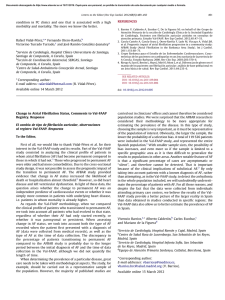
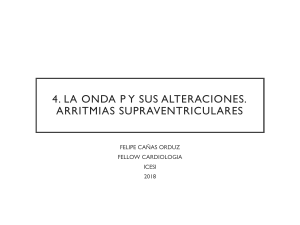
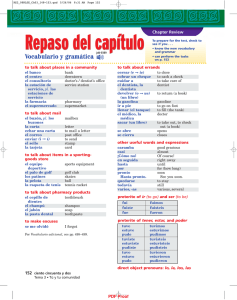

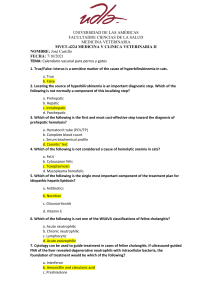
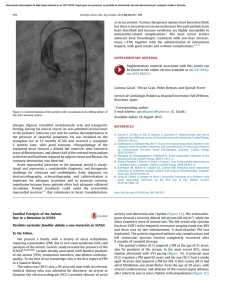

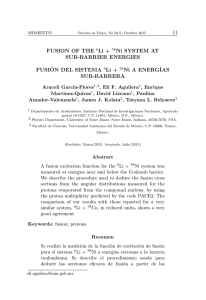

![mayo a octubre [may to october] atención: el bus que realiza este](http://s2.studylib.es/store/data/005070024_1-543eada77f6f2052d3fe7a1827244407-300x300.png)

